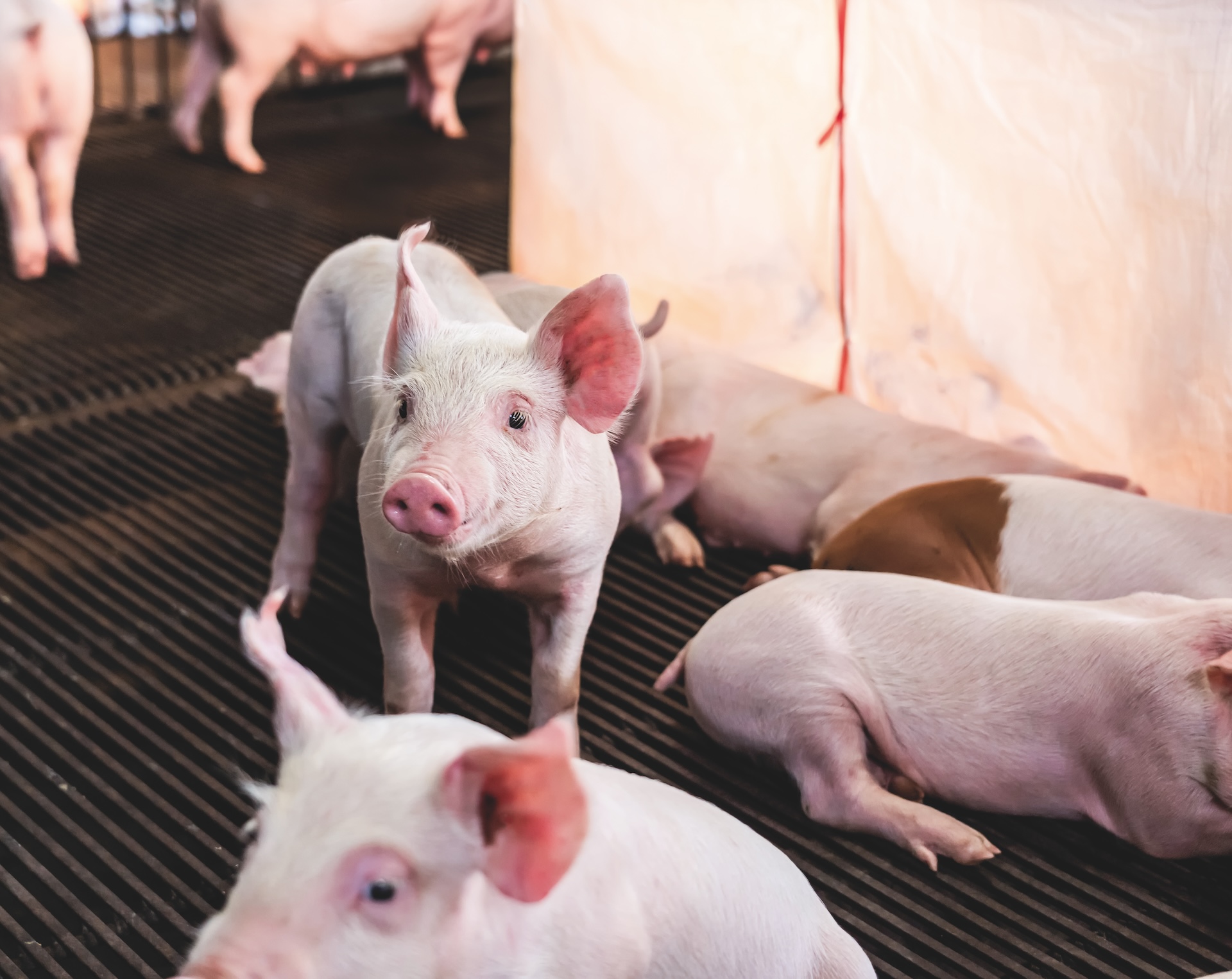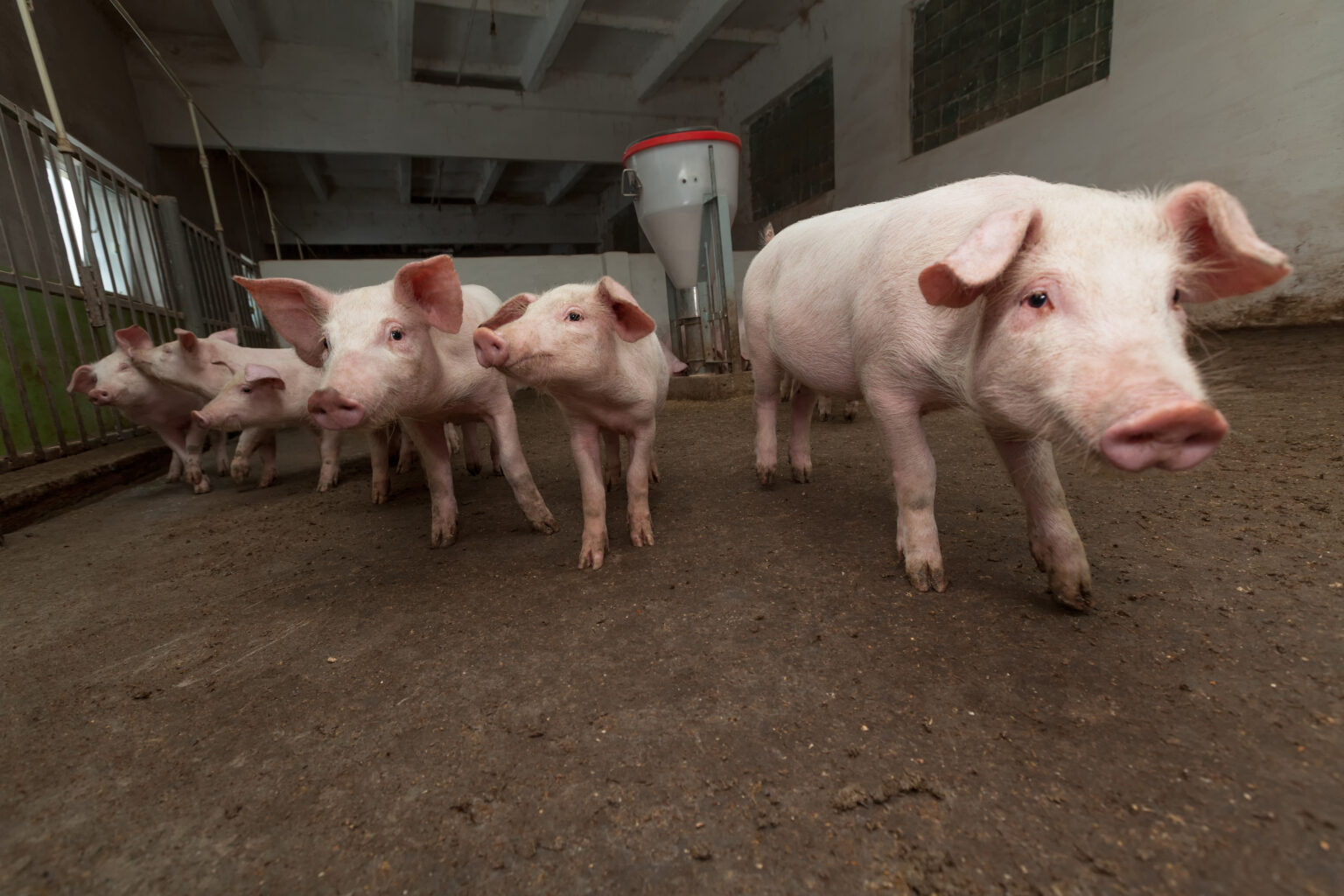
Pigs cooling: effective systems for healthy, productive pigs
Why are pigs sensitive to heat?
Pigs are particularly vulnerable to heat for several biological reasons:
- They have minimal sweat glands, limiting their ability to cool down through the skin.
- They primarily rely on panting, which becomes ineffective in hot, humid conditions.
- Their thick fat layer retains body heat, increasing thermal stress.
How do pigs cool down?
In natural settings, pigs regulate their temperature by wallowing in mud or water, cooling their bodies through conduction and evaporation, while also gaining protection from sunburn and insects. In modern pig housing, pigs depend on environmental controls such as ventilation, shading, and dedicated pigs cooling systems to maintain a stable and comfortable climate.
When internal heat accumulates and pigs can’t release it, their metabolic rate slows and feed intake drops, affecting growth, fertility, immunity, and overall welfare. This is why effective cooling systems for pig farming are essential.

Other cooling solutions for pig farming
When evaluating pigs cooling options, farmers can consider:
- Ventilation – Improves airflow and removes heat, moisture, and gases.
- Evaporative cooling – Uses water-based systems to lower temperature; effective in dry climates but increases humidity.
- Floor cooling – Uses cool water under resting areas to extract body heat.
- Hybrid systems – Combine multiple techniques for optimal flexibility in various weather conditions.

Benefits of effective pigs cooling
- Improved welfare – Reduces stress and enhances comfort.
- Higher productivity – Supports optimal growth and feed efficiency.
- Stable reproduction – Maintains fertility rates even in heat.
- Better meat quality – Healthier pigs lead to higher carcass quality.
How do pigs cool down in modern barns?
Modern pig barn cooling systems are designed to maintain optimal temperatures year-round, ensuring animal comfort, performance, and health. Effective climate control for pigs translates into higher returns and a more sustainable operation.

